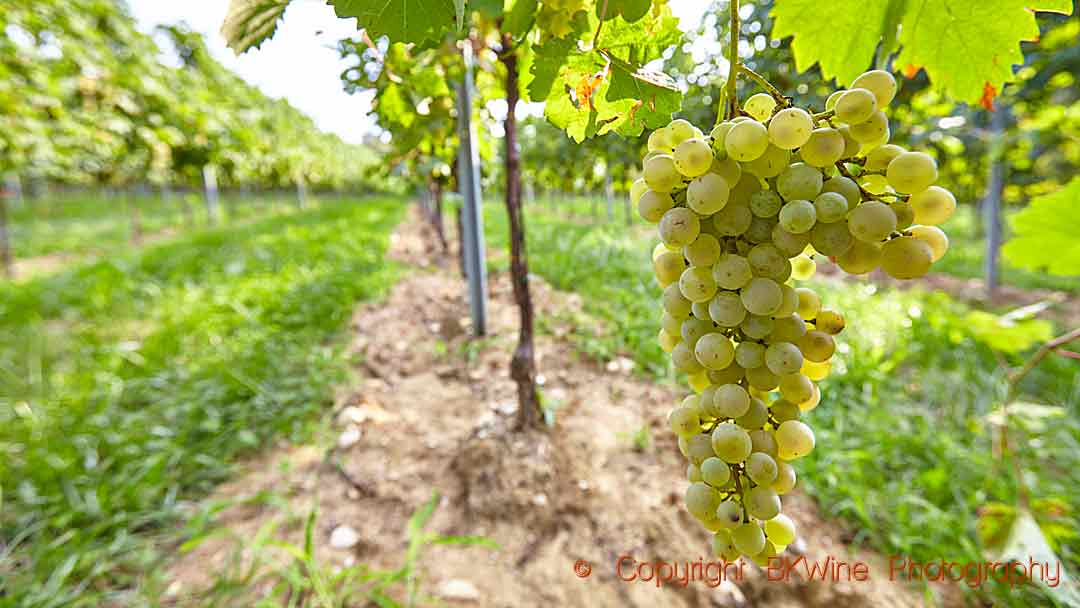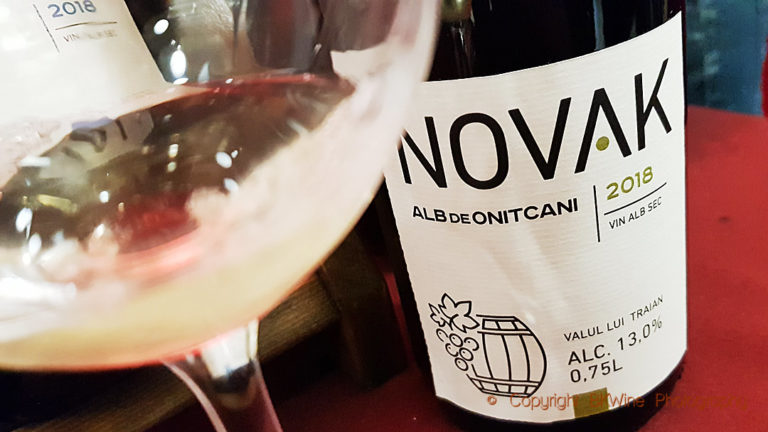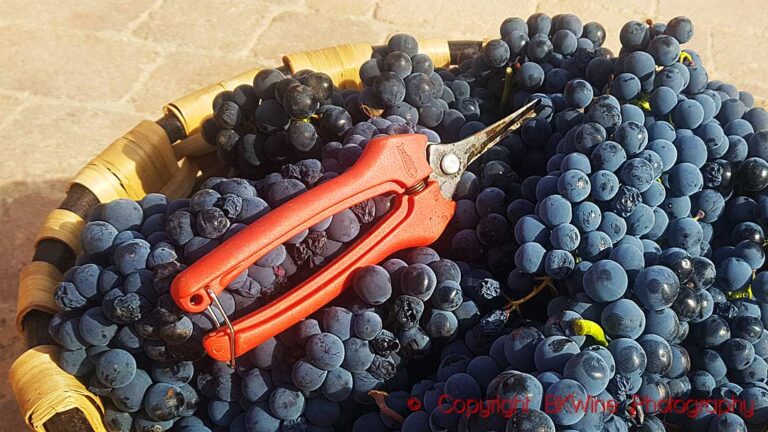The vine is in many ways a robust plant that can withstand difficult conditions and drought. But it has weaknesses. One is that it is prone to fungal diseases. No vineyard can survive without spraying. Have you heard the opposite? Don’t believe those who tell you that some wine is made without the use of pesticides. It is not true. All wine producers use some kind of pest killing sprays.
Today, everyone wants to limit the spraying as much as possible. But how? One way is to plant so-called resistant grape varieties. These are hybrids, i.e. crossings between a European (Vitis vinifera) and an American (Vitis something else) vine. The American vines have much better resistance to fungal diseases and thus using hybrids can reduce the need for spraying.
16 resistant varieties are now allowed to be planted in France. But they cannot be used for any wine. In fact, they can only be planted and used in wines without a geographical indication, i.e. in vin de france (formerly vin de table). For appellation wines (AOP) it is prohibited throughout the EU to plant and use hybrids. But discussions about a change of rules are underway.
German wine producers are already violating the ban. But in France, in Bordeaux not least, some producers are very critical of the resistant grapes. They have a long way to go before they are accepted. At the same time, most wine producers agree that reducing the use of pesticides is one of the most important issues today.
These are the 16 permitted hybrid varieties:
- bronner (w),
- cabernet blanc (w),
- cabernet cortis (r),
- johanniter (w),
- monarch (r),
- muscaris (w),
- pinotin (r),
- prior (r),
- saphira (w),
- solaris (w),
- soreli (w),
- souvignier gris (pink)
- vidoc (r),
- artaban (r),
- floréal (w)
- voltis (w)
The last four have been developed in France.
Read more: mon-viti












